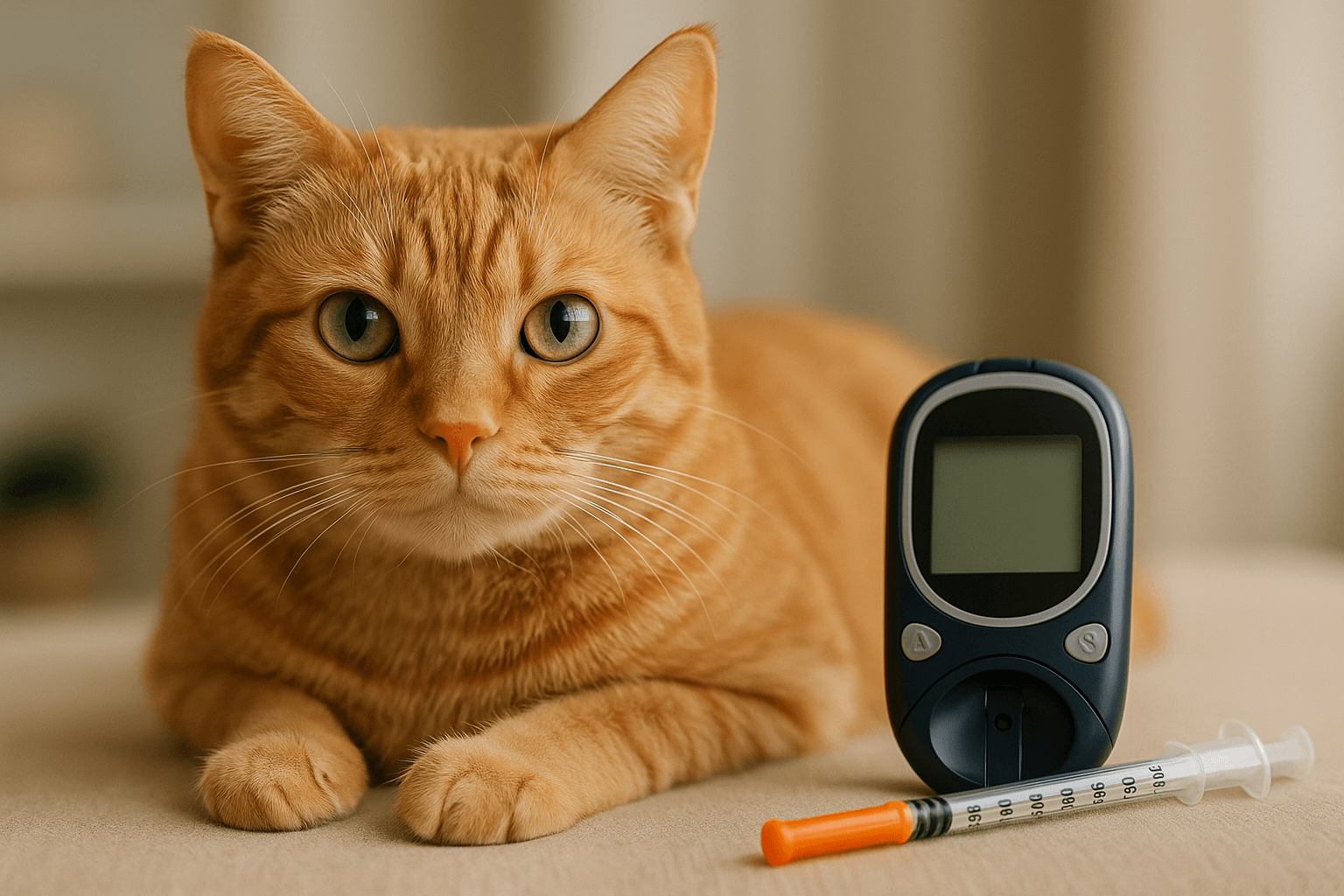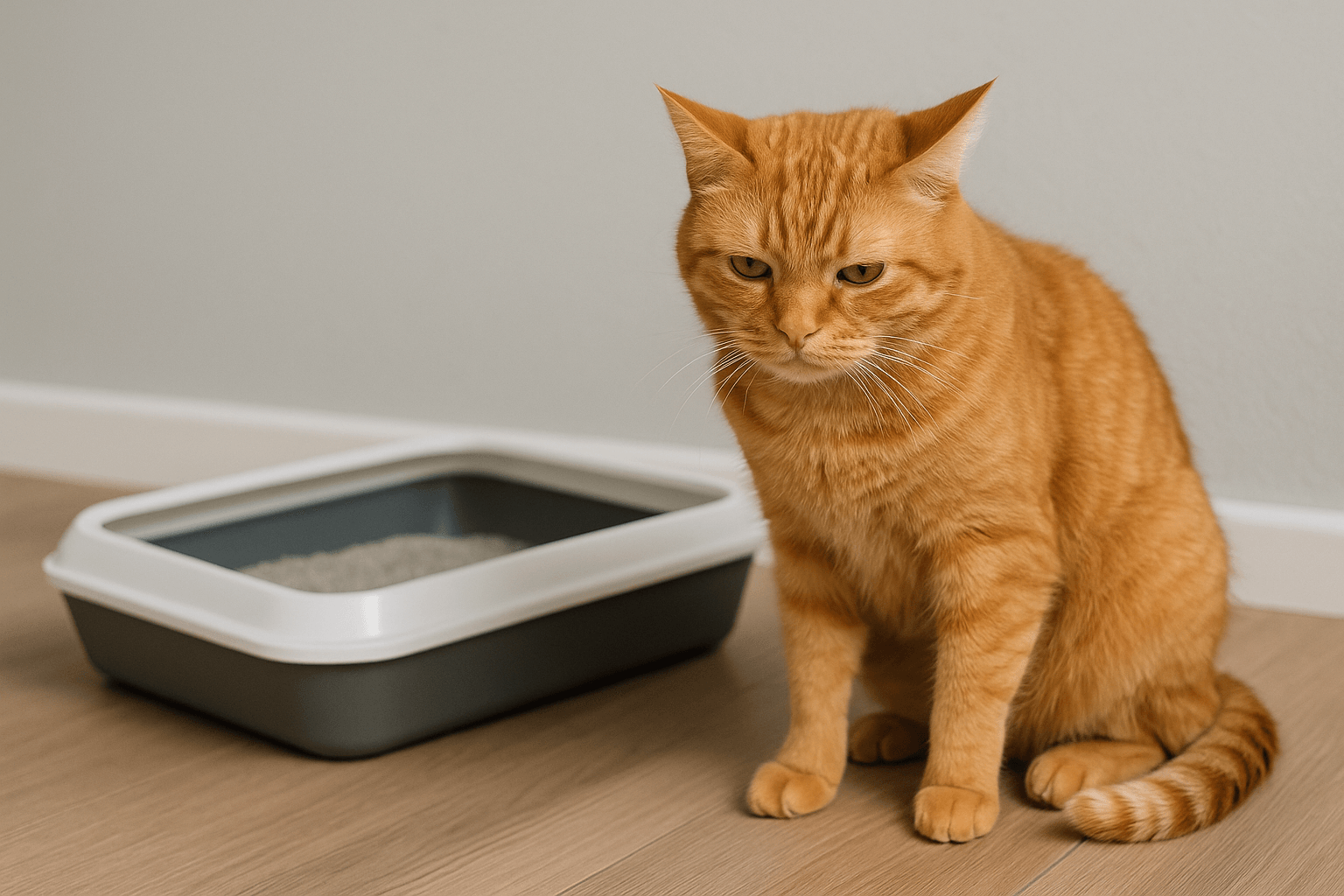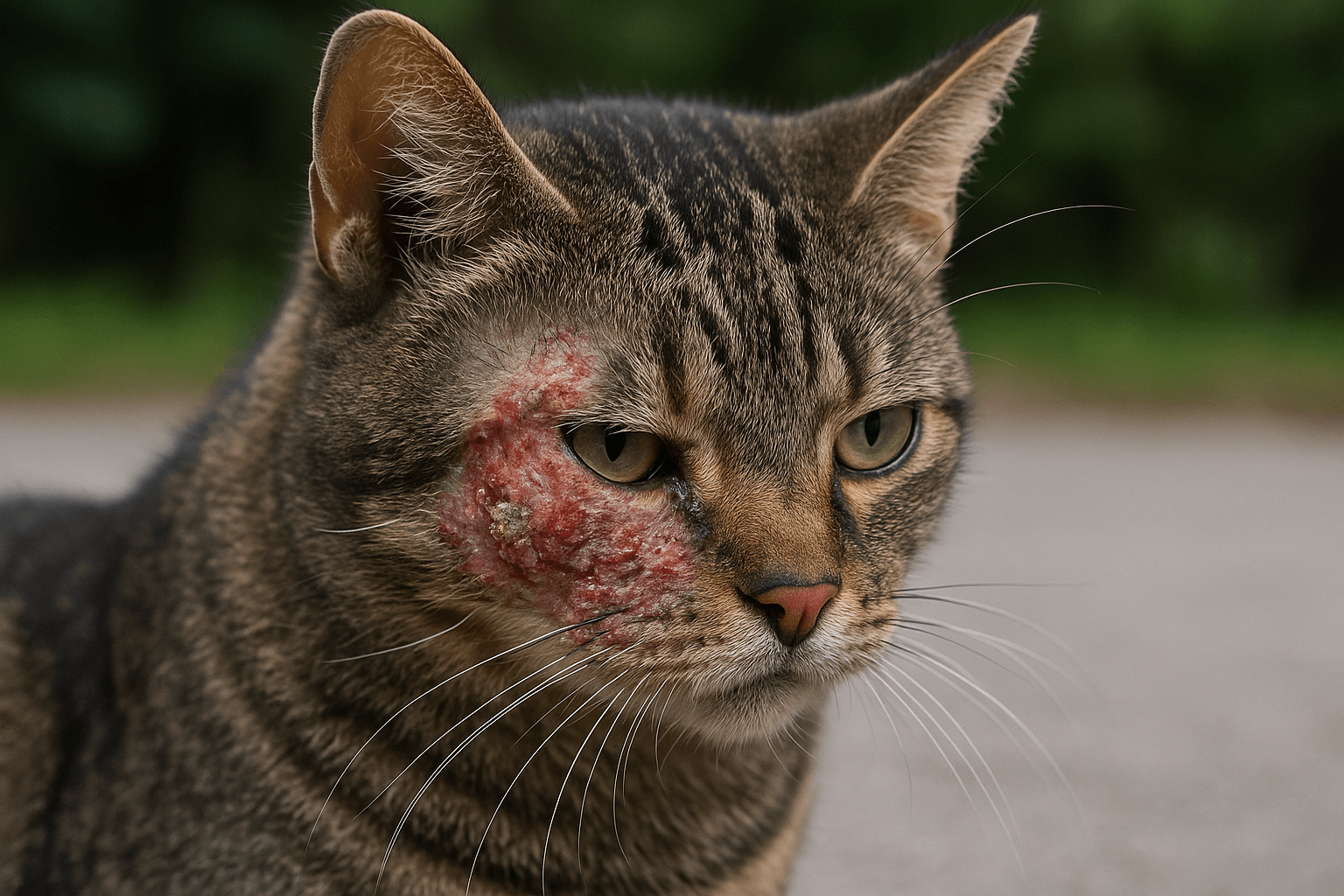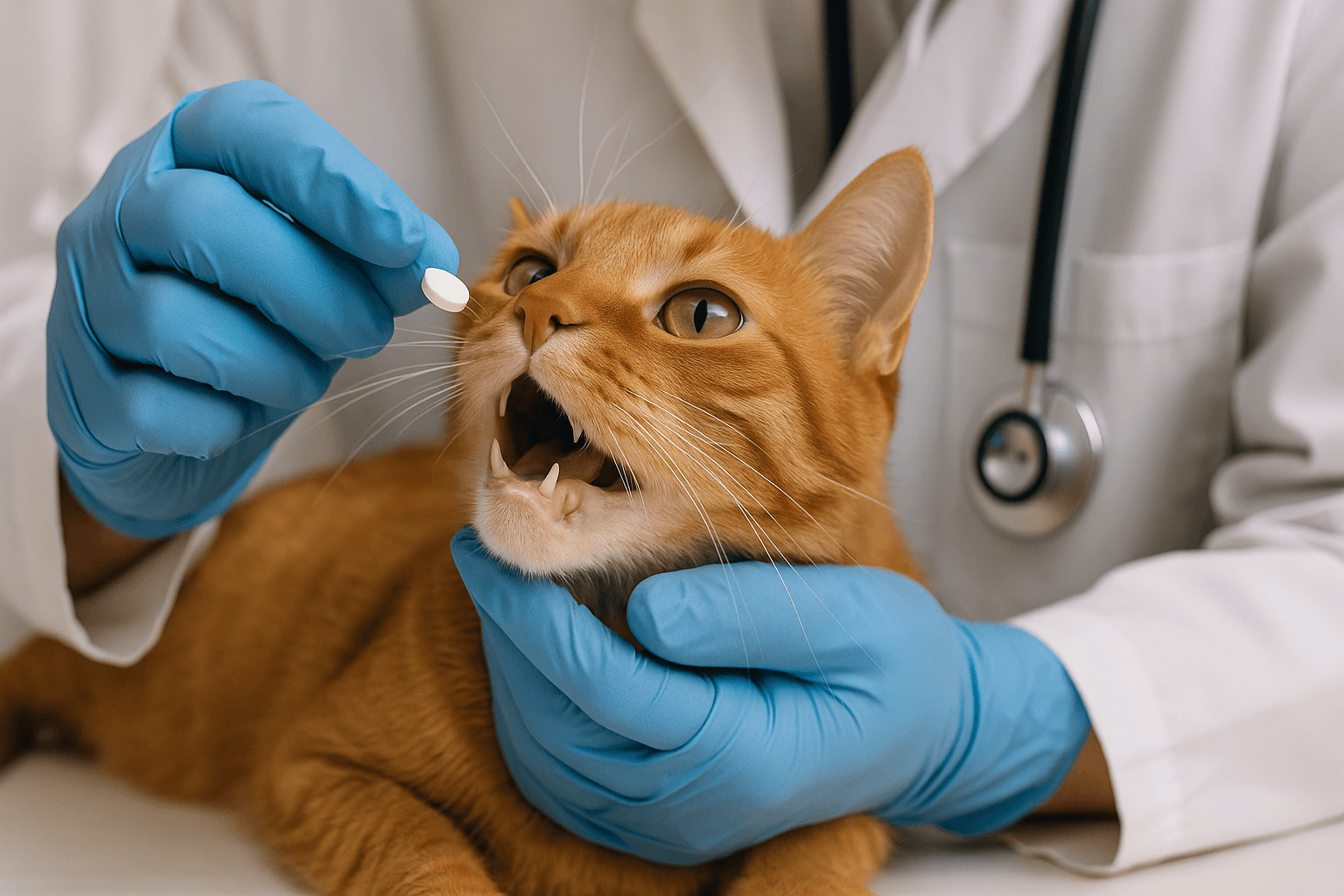Can Cats Eat Papaya?
When it comes to feeding your feline friend, you may wonder whether tropical fruits like papaya are safe for cats. While cats are obligate carnivores and primarily rely on meat for their nutrition, they can occasionally enjoy small amounts of certain fruits as treats. But is papaya one of them? This blog post will explore whether cats can eat papaya, the potential benefits and risks, and how to safely introduce this fruit into their diet. Whether you’re curious about expanding your cat’s palate or simply want to ensure their safety, we’ve got you covered with expert advice and practical tips.
Is Papaya Safe for Cats?
Papaya can be a safe and healthy treat for cats when given in moderation. However, there are some important considerations to keep in mind before offering this fruit to your furry friend.
Rich in Nutrients:
Papaya contains vitamins A, C, and E, which can support your cat’s immune system and overall health.Natural Digestive Enzymes:
Papain, an enzyme found in papaya, can aid digestion and help break down proteins, potentially easing mild digestive issues.Low in Calories:
Papaya is low in calories, making it a suitable occasional treat that won’t contribute to weight gain.Avoid Seeds and Skin:
The seeds and skin of papaya can be harmful if ingested by cats, so always remove them before serving.Moderation is Key:
While papaya is safe in small amounts, overfeeding can lead to digestive upset or nutritional imbalances.
By understanding these factors, you can safely incorporate papaya into your cat’s diet without compromising their health.
Potential Benefits of Feeding Papaya to Cats
While cats don’t require fruits in their diet, papaya can offer some surprising benefits when offered as an occasional treat. Here’s how this tropical fruit might positively impact your cat’s well-being.
Supports Digestive Health:
The natural enzymes in papaya can help improve digestion, especially if your cat experiences occasional constipation.Boosts Immunity:
The high vitamin content in papaya strengthens the immune system, helping your cat fight off infections and illnesses.Hydration Support:
Papaya’s water content can help keep your cat hydrated, especially if they’re reluctant to drink enough water.Antioxidant Properties:
The antioxidants in papaya combat free radicals, reducing oxidative stress and promoting long-term health.Encourages Variety in Diet:
Offering papaya as a treat introduces variety, satisfying your cat’s curiosity and providing mental stimulation.
These benefits make papaya a worthwhile addition to your cat’s diet when served responsibly.
Check this guide 👉Can Cats Eat Sunflower Seeds? Best 7 Expert Tips!
Check this guide 👉Can Cats Eat Pretzels? Best 7 Expert Tips!
Check this guide 👉Can Cats Eat Dates? Best 7 Expert Tips!
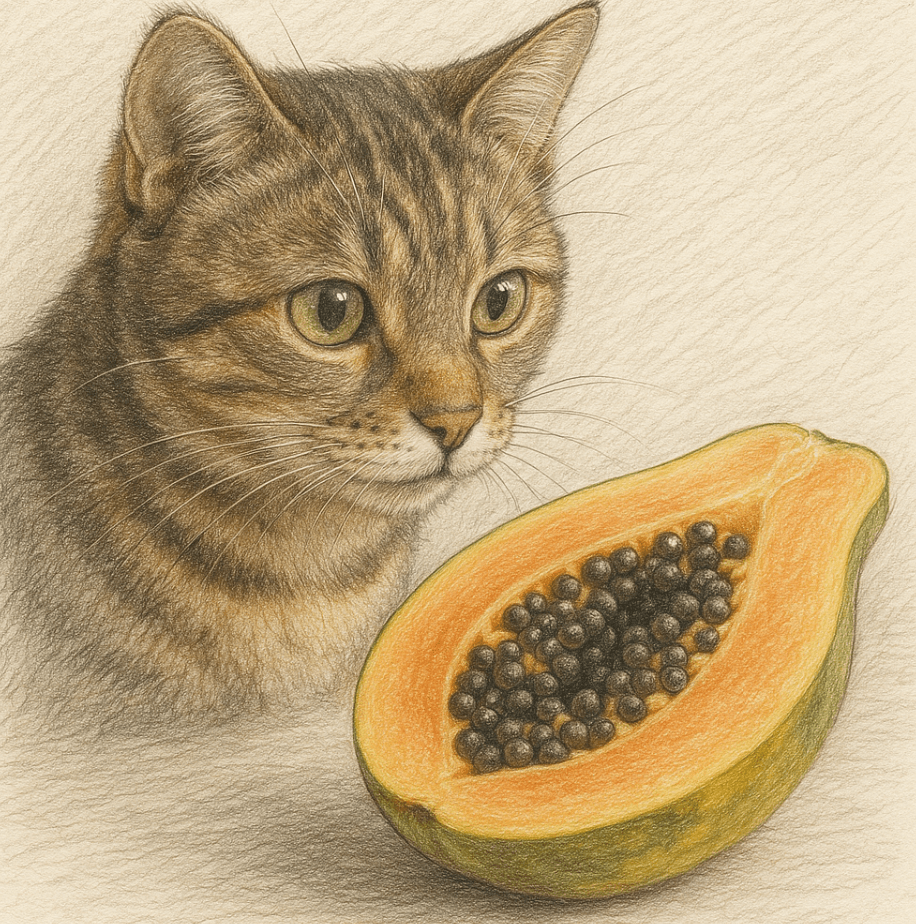
Benefits of Papaya for Cats | Risks of Feeding Papaya to Cats |
|---|---|
Rich in vitamins A, C, and E | Overfeeding can cause digestive upset |
Supports healthy digestion | Seeds and skin are toxic if ingested |
Hydrating due to high water content | May cause allergic reactions in rare cases |
Contains natural digestive enzymes | Can disrupt balanced nutrition if overfed |
Provides antioxidants for long-term health | Sugar content unsuitable for diabetic cats |
How to Safely Introduce Papaya to Your Cat
If you decide to offer papaya to your cat, it’s essential to do so carefully to avoid any adverse effects. Follow these steps to ensure a smooth and safe introduction.
Start with Small Portions:
Begin by offering a tiny piece of ripe papaya to see how your cat reacts.Remove Seeds and Skin:
Always discard the seeds and peel, as these parts can be toxic or difficult to digest.Monitor for Allergic Reactions:
Watch for signs of allergies, such as itching, swelling, or vomiting, and discontinue if symptoms occur.Serve Plain and Unsweetened:
Avoid adding sugar, spices, or other flavorings, as these can upset your cat’s stomach.Limit Frequency:
Offer papaya no more than once or twice a week to prevent dietary imbalances.
By following these guidelines, you can minimize risks while allowing your cat to enjoy this nutritious treat.
Signs Your Cat May Not Tolerate Papaya
While many cats can tolerate papaya, some may experience adverse reactions. Recognizing these signs early helps protect your cat’s health.
Vomiting or Diarrhea:
These symptoms indicate digestive distress, often caused by eating too much papaya or its seeds/skin.Lethargy or Weakness:
A sudden lack of energy could signal an allergic reaction or nutritional imbalance.Loss of Appetite:
If your cat refuses food after trying papaya, it may not agree with their system.Excessive Drooling:
Drooling can occur if your cat finds the texture unpleasant or if irritation develops.Swelling or Itching:
Allergic reactions may cause swelling around the mouth or excessive scratching.
If you notice any of these signs, stop offering papaya and consult your veterinarian immediately.
Common Mistakes to Avoid When Feeding Papaya to Cats
Even well-intentioned pet owners can make mistakes when introducing new foods like papaya. Avoid these pitfalls to ensure your cat’s safety.
Feeding Too Much at Once:
Large quantities can overwhelm your cat’s digestive system and lead to discomfort.Including Seeds or Skin:
These parts are toxic and pose choking hazards or digestive blockages.Adding Sweeteners or Spices:
Cats don’t need extra sugar or seasoning, which can upset their stomachs.Ignoring Allergies or Sensitivities:
Failing to observe your cat’s reaction can result in missed warning signs of intolerance.Making Papaya a Staple Food:
Cats thrive on protein-rich diets, so papaya should remain an occasional treat, not a regular meal component.
Avoiding these mistakes ensures your cat enjoys papaya safely and responsibly.
Alternatives to Papaya for Cats
If your cat doesn’t take to papaya—or if you’d like to explore other options—there are plenty of safe and healthy alternatives to try.
Plain Pumpkin Puree:
Rich in fiber, pumpkin aids digestion and can help with hairball control.Seedless Watermelon:
High in water content, this refreshing fruit keeps cats hydrated.Blueberries:
Packed with antioxidants, blueberries make a tasty and nutritious snack.Cantaloupe (in Moderation):
Cantaloupe provides vitamins A and C, but only the flesh should be offered.Cooked Carrots:
Soft, plain carrots are easy to digest and rich in beta-carotene.
These alternatives provide variety and cater to different tastes while maintaining nutritional value.
Fun Ways to Serve Papaya to Your Cat
If your cat enjoys papaya, there are creative ways to serve it that add excitement to their routine.
Freeze Small Cubes:
Freezing bite-sized pieces creates a refreshing and chewy treat, perfect for hot days.Mix with Wet Food:
Blend a tiny amount of papaya with your cat’s wet food for added flavor and texture.Create a Fruit Platter:
Combine papaya with other cat-safe fruits like blueberries or melon for a colorful snack.Use as a Training Reward:
Offer small bits of papaya during training sessions to reinforce positive behavior.Stuff into Toys:
Place small pieces inside puzzle feeders or treat-dispensing toys for mental stimulation.
These ideas make feeding papaya a fun and engaging experience for your feline friend.
Frequently Asked Questions About Cats and Papaya
Can kittens eat papaya?
Kittens have sensitive digestive systems, so it’s best to avoid giving them papaya until they’re older.
What part of the papaya is safe for cats?
Only the ripe flesh of the papaya is safe; avoid seeds, skin, and unripe portions.
How much papaya can I give my cat?
Stick to a teaspoon-sized portion once or twice a week to prevent overfeeding.
Are there any alternatives to papaya for cats?
Yes, plain pumpkin, blueberries, and watermelon (seedless) are safe fruit options.
What should I do if my cat eats papaya seeds?
Contact your vet immediately, as seeds can be toxic and cause intestinal blockages.
Feeding Papaya to Your Cat: A Balanced Approach
While papaya isn’t a necessary part of a cat’s diet, it can be a safe and nutritious treat when offered in moderation. By removing seeds and skin, monitoring portion sizes, and watching for adverse reactions, you can allow your cat to enjoy the occasional taste of this tropical fruit. Always prioritize your cat’s primary dietary needs—meat-based nutrition—and consult your veterinarian before introducing new foods. With care and attention, you can enhance your cat’s diet while keeping them happy and healthy.
Understanding Diabetes in Cats: Best 7 Expert Tips! Discover expert advice on managing feline diabetes, from symptoms and diet to treatment and prevention for a healthier, happier cat.
Understanding Cystitis in Cats: Best 7 Expert Tips! Discover causes, symptoms, and expert advice to manage feline cystitis effectively and ensure your cat’s urinary health and comfort.
Fungal Infection in Cats: Best 7 Expert Tips! Discover expert advice on identifying, treating, and preventing fungal infections in cats to keep your feline healthy and happy.
Can You Give a Cat Tylenol? Best 7 Expert Tips! Discover why Tylenol is toxic to cats, signs of poisoning, and safe alternatives for managing feline pain effectively.

